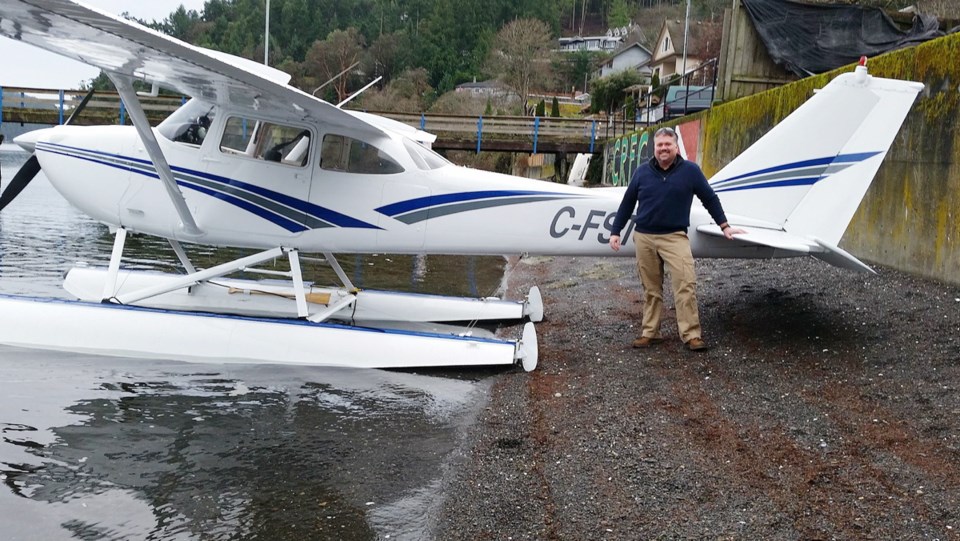The Victoria Flying Club is busy training a new generation of pilots even as flight schools across Canada are having trouble keeping instructors from stepping into commercial cockpits.
Graham Palmer, chief flight instructor at the Victoria Flying Club, said demand for pilots in Canada is so acute that many of the short-run and commuter airlines, such as Jazz and Encore, are luring away instructors to fly planes. This has meant flying schools have been turning away aspiring pilots.
Palmer said the situation has the Victoria Flying Club training several pilots from across Canada.
“There are people now telling me if you walk into a flight school you’ll wait three months before you can start,” said Palmer. “We are still accommodating people.”
The flying club has 18 instructors and graduates on average about 50 students a year, although that number is likely to be significantly higher in the future.
The labour shortage is documented in a report released in March by the Canadian Council for Aviation and Aerospace. “The increasing need for more pilots is causing a faster than normal attrition rate at flying schools,” stated the report.
The report said the demand for pilots is starting to outpace supply. It projects the country will need an additional 7,300 pilots by 2025. But retirements and the lure of higher paying jobs overseas will leave Canada short 3,000 pilots by that time.
The report said the shortage has resulted in the usual training and experience for airline pilots shortened and accelerated.
Newer pilots now spend as little as 18 months with small regional carriers before moving on to international airlines. Previously, a pilot would spend two to three years with regional airlines.
Regional carriers are hiring flight instructors whose hours of flying and accreditation allow them to start almost immediately in the cockpit.
A flying career and its various levels are all about hours, training and accredited levels, Palmer said.
Victoria Flying School can train a pilot up to a commercial pilot’s licence. After that they require more flying hours, training and testing to attain necessary accreditation for jobs in multiple-engine aircraft, float planes and passenger carriers.
Palmer said many will fly small planes for a few years, crop dusting or guiding water bombers battling forest fires before attaining enough flying hours to set an exam and move up in accreditation.
He said once they have reached the required number of hours in the air and achieved the appropriate level of accreditation, they can move to the commercial passenger carriers, beginning with the regional or commuter airlines operating planes with turbo-prop engines.
The airline pilot on the way up will start as a flight officer sitting beside a pilot, Palmer said. Further training is provided by the companies, all the way up to piloting jet airliners.
Meanwhile, the trick for flight schools, such as the Victoria Flying Club, is the training of flight instructors.
Palmer said he is one of two Class 1 flight instructors at the Victoria Flying Club, so he can train pilots to be instructors.
He has also assembled a group of pilots with varios experiences — from float planes to water bombers — and had them qualify as instructors, to pass on their skills and experiences.
“I call them my ‘A-Team’ because the prefix for an aviation transport licence is always an A followed by a bunch of numbers,” said Palmer.
He expressed satisfaction in being able to assemble such an experienced crew with so much varied knowledge to pass along. It’s not only good for pilots in training, it’s good for the Victoria Flying Club.
“Right now it really depends on how well a flight school can maintain its capacity for training flight instructors,” said Palmer. “As long as flight schools can hang on to their Class 1 flight instructors, they should remain in good shape.”



